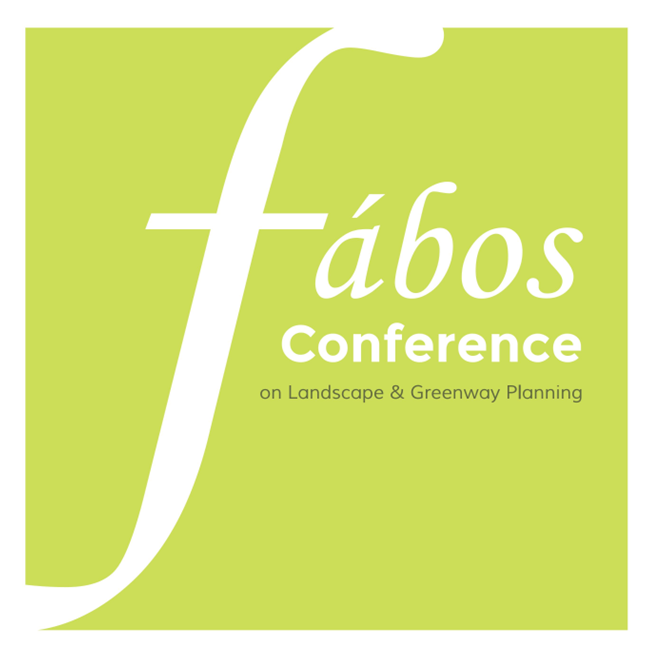Green Space Typologies in the City of Porto – Portugal: Identifying Nodes and Links for Greenway Planning
- Paulo Farinha-Marquesa (Dep. of Geosciences, Environment & Spatial Planning, Faculty of Sciences, University of Porto)
- Cláudia Fernandes (Dep. of Geosciences, Environment & Spatial Planning, Faculty of Sciences, University of Porto)
- José M Lameirasa (Dep. of Geosciences, Environment & Spatial Planning, Faculty of Sciences, University of Porto)
- Filipa Guilherme (Research Centre in Biodiversity and Genetic Resources, University of Porto)
- Isabel Leal (Research Centre in Biodiversity and Genetic Resources, University of Porto)
- Sara Silva (Research Centre in Biodiversity and Genetic Resources, University of Porto)
Abstract
In the XIX century, Porto was a small and compact urban centre surrounded by a large belt of agriculture and forest. Since the mid XX century, as a consequence of the industrial revolution, the city sprawled throughout the rural fringes up to its administrative limits creating an urban continuum with the adjacent municipalities. As a result, the current green structure of the city lacks a long-term planning strategy with resulting breakdown of the rural matrix, fragmentation and discontinuity of main green systems.
Functioning as habitat and corridors, urban greenways are very effective strategies for minimizing overall impacts of ecological fragmentation: habitat loss and habitat isolation. A greenway system articulates ecological structure and function, providing simultaneously recreational opportunities, biodiversity protection and assuring present and future open space needs (Ahern, 2002). Currently, greenways are being established in cities worldwide, proving their relevance, especially in rapidly changing urban contexts.
Supported by these assumptions and the results of current studies on Porto green structure, this work aims at proposing a greenway network for the city, grounded on an integrated and coherent system of multifunctional green areas. The adopted approach relies on the premise that a structure of green nodes and links (corridors) should act as the framework for that greenway system.
Keywords: greenways, green space, typologies, portugal, porto, nodes, links, planning
How to Cite:
Farinha-Marquesa, P., Fernandes, C., Lameirasa, J. M., Guilherme, F., Leal, I. & Silva, S., (2013) “Green Space Typologies in the City of Porto – Portugal: Identifying Nodes and Links for Greenway Planning”, Fábos Conference on Landscape and Greenway Planning 4(1). doi: https://doi.org/10.7275/fabos.746
Downloads:
Download PDF
440 Views
210 Downloads
